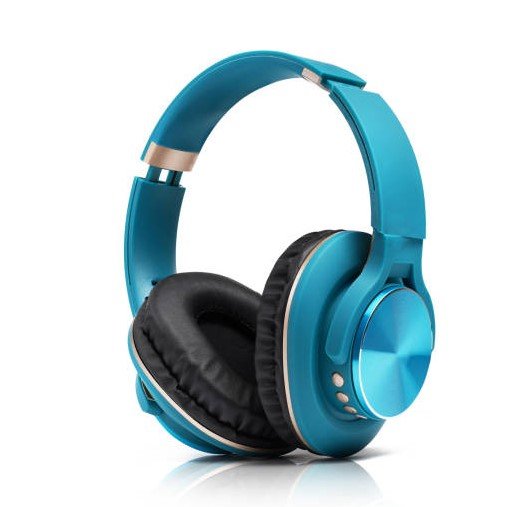Sennheiser has launched its new HDB 630 wireless headphones, blending audiophile sound quality with modern wireless features. Announced on October 7, 2025, these over-ear headphones target music lovers who want high-resolution audio on the go, complete with a bundled Bluetooth transmitter for better streaming.
What Makes the HDB 630 Stand Out
Sennheiser designed the HDB 630 as the first wireless entry in its famous HD 600 series, known for precise wired audio. This model promises to deliver that same level of detail in a portable package.
The headphones feature 42mm drivers tuned for clear, balanced sound across frequencies. Users can tweak the audio with a parametric equalizer through the Sennheiser app, allowing custom profiles for different music genres.
Active noise cancellation adapts to surroundings, blocking out distractions during commutes or flights. The design includes soft protein leatherette ear cups for comfort during long listening sessions.

Hi-Res Audio and the Bundled Transmitter
A key highlight is the included BTD 700 USB-C dongle, which enables high-resolution Bluetooth streaming. This transmitter supports aptX Adaptive codec for audio up to 24-bit/96kHz, far beyond standard Bluetooth quality.
Many smartphones lack native support for such high-bitrate codecs, but the dongle plugs into a USB-C port to upgrade devices instantly. It adjusts bitrate based on signal strength, ensuring stable playback even in crowded areas.
Bluetooth 5.2 provides reliable connections, with options for dual-device pairing. Wired listening is also possible via a 3.5mm jack for lossless audio from compatible sources.
Here are some core connectivity features:
- aptX Adaptive for hi-res wireless audio
- Bluetooth 5.2 with low latency mode
- USB-C dongle for broad device compatibility
- Support for AAC, SBC, and other common codecs
Battery Life and Everyday Use
Battery performance sets the HDB 630 apart, offering up to 60 hours of playtime with noise cancellation off. Even with ANC active, users get around 40 hours, making it ideal for travel or daily use.
Quick charging gives several hours of playback from a short plug-in. The headphones fold flat for easy storage in the included carry case.
Controls are intuitive, with touch panels on the ear cups for playback, volume, and calls. Built-in microphones ensure clear voice quality for meetings or phone conversations.
The lightweight build, at about 250 grams, reduces fatigue. Early user feedback praises the comfort and sound isolation in noisy environments.
Pricing, Availability, and Market Impact
The HDB 630 retails for $499 and will hit stores on October 21, 2025. Pre-orders are available through Sennheiser’s website and major retailers.
This launch comes amid growing demand for premium wireless audio, as streaming services push hi-res formats. Competitors like Sony and Bose offer similar features, but Sennheiser focuses on audiophile tuning.
| Feature | Details |
|---|---|
| Drivers | 42mm dynamic |
| Battery Life | Up to 60 hours (ANC off) |
| Codecs | aptX Adaptive, AAC, SBC |
| Noise Cancellation | Adaptive ANC |
| Weight | Approximately 250g |
| Price | $499 |
How It Compares to Other Options
Compared to the Sennheiser Momentum 4, the HDB 630 steps up with better hi-res support and the dongle. It rivals models like the Sony WH-1000XM5 in noise cancellation but emphasizes neutral sound over bass-heavy profiles.
Audiophiles moving from wired setups will appreciate the precision, while casual users benefit from the long battery and comfort. Recent trends show more people seeking wireless options that match wired quality, especially with events like music festivals highlighting portable audio needs.
Why This Matters for Music Fans
This release signals Sennheiser’s push into high-end wireless tech, bridging gaps between audiophile purists and everyday listeners. With hi-res audio becoming mainstream, the HDB 630 could set a new standard.
Share your thoughts on these headphones in the comments below, and let us know if you plan to pick them up. Your feedback helps fellow readers make informed choices.
